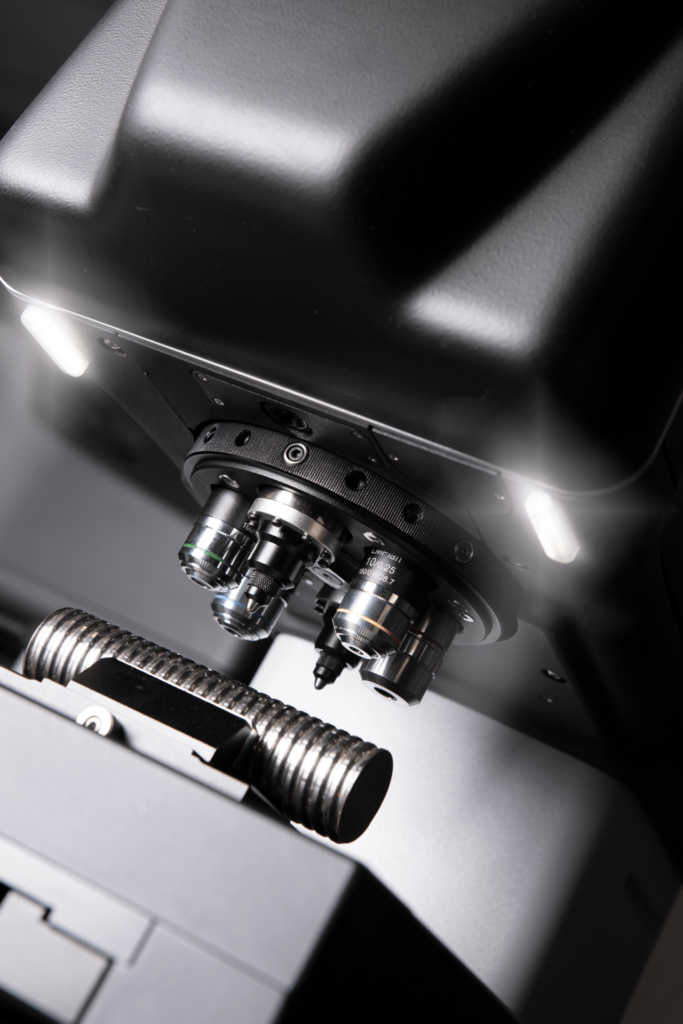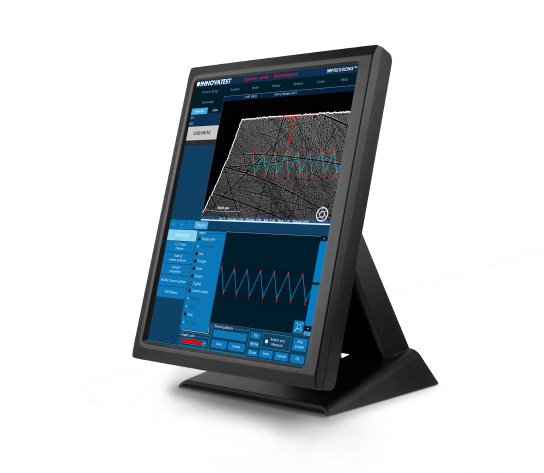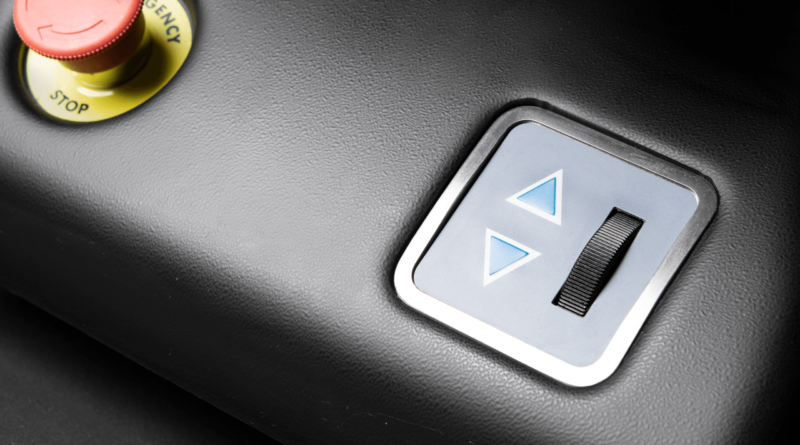Vickers Hardness Test
Otherwise known as the ASTM E-384, ISO 6507 or microhardness test, Vickers hardness test involves the use of a technique envisioned by Smith and Sandland in 1924. The hardness test technique was established as a Brinell method alternative for measuring the hardness of different materials.
When compared to other types of tests, the Vickers hardness test is relatively easier to use. The ease of use is because the calculations needed don’t rely on the size of the indenter in question. Furthermore, it is possible to use the indenter for different materials despite their level of hardness.
Like many other hardness testers, the fundamental measuring principle is the observation of the materials in question to establish their ability to resist plastic deformation. Since the test has a wide scale, it can be used to measure the hardness of a wide range of metals. Moreover, the units of measurement for this test are the Diamond Pyramid Hardness (DPH) or Vickers Pyramid Number (HV).
However, it is important to note that the shape of an indenter in the case of Vickers hardness testers should be able to produce geometrically similar impressions. This is despite their sizes. Furthermore, the indenter in question should have highly resistant to self-deformation.

How to Report Hardness Testing while Performing Tests
Experts report the figures as xxxHVyy. For instance, 440HV30. Also, it can be reported as xxxHVyy/zz if there is a difference in the duration of force from 10-15s. For example, 440HV30/20. In this case:
- The hardness number is 440.
- HV is the Vickers scale.
- 30 is the load in kgs.
- The loading time is 20, if the value differs from 10-15s.

Functions of Vickers Hardness Testers
Some of the functions of these testers include:
- Quality control of the manufacturing process.
- Material evaluation.
- Research and development.
- Testing components in the automotive and aerospace industry.
- Sample evaluation.
Although hardness is empirical, it is possible to correlate it with tensile strength for a range of metals. Therefore, it is an excellent indicator of ductility and wear resistance. However, you have to make sure the distance between the indentations is more than three.

